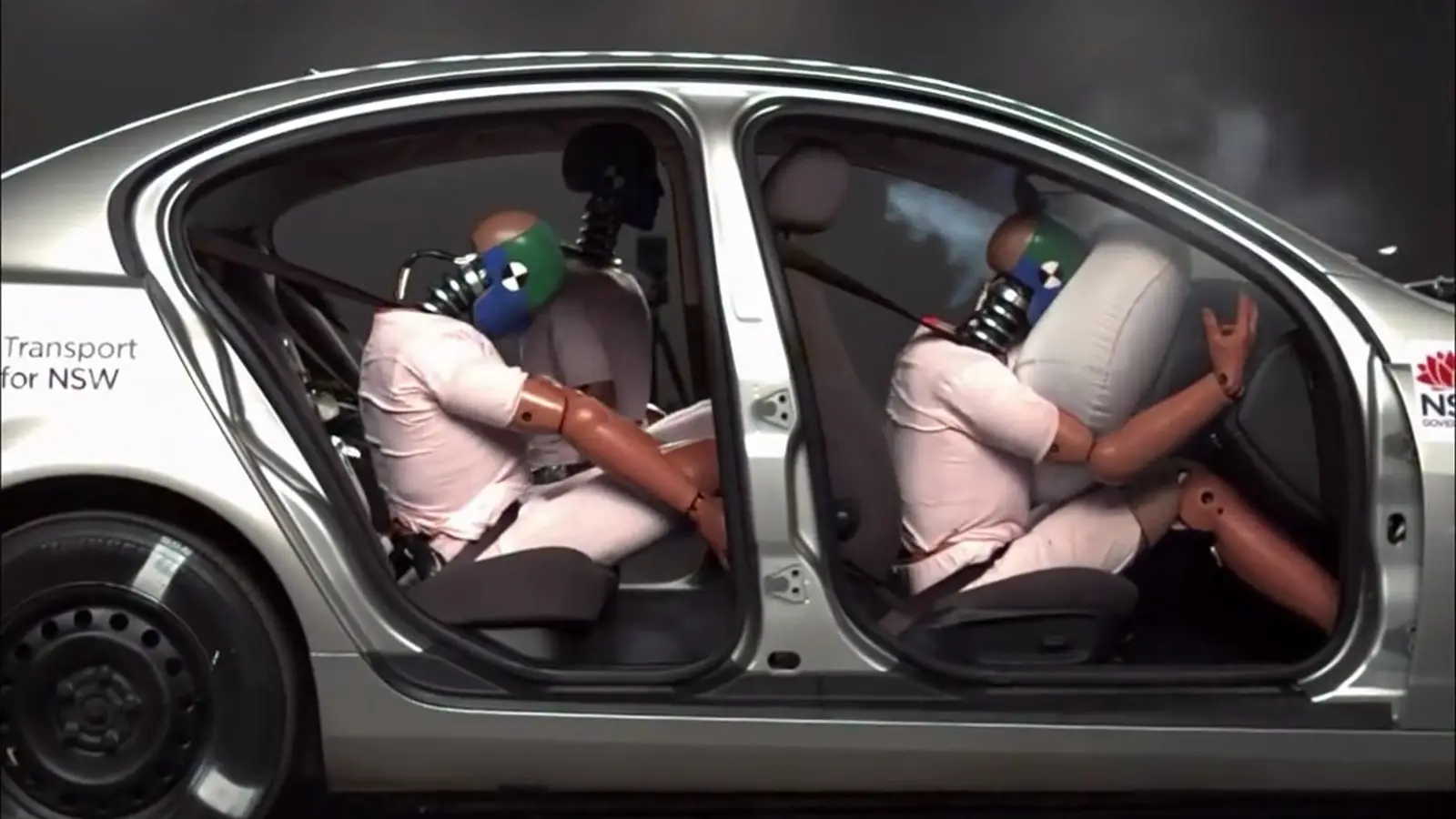Articles
The History of Crash Testing and Global Safety Programs

Explore the history of crash testing, from early dummies to NCAP, IIHS and Euro NCAP programs, with recent updates shaping vehicle safety worldwide.
The history of crash testing tells a story of how cars gradually transformed from simple machines into carefully engineered safety systems. Early experiments with anthropomorphic dummies began in aviation, but by the 1960s Alderson Research Laboratories had brought them into the automotive world. SAE publications from the late 1960s documented the first steps toward standardization, from male figures to child models.
A turning point came with the rise of government programs. In 1978, the U.S. National Highway Traffic Safety Administration launched the New Car Assessment Program (NCAP), the world’s first consumer crash rating system. Since then, the five-star label has become a familiar shorthand for safety. Today NCAP is preparing for its next stage: the 2024–2033 roadmap outlines plans for adding WorldSID-05F dummies in side impacts, expanding pedestrian, cyclist, and motorcyclist scenarios, and testing driver visibility. Some updates have been pushed from model year 2026 to 2027, showing how difficult it is to overhaul testing procedures in practice.
At the same time, insurers in the United States created their own institute — the IIHS. Established in 1959 and expanded into crash research in the 1990s, the IIHS has often challenged carmakers. The small overlap front test revealed serious weaknesses in vehicle structures, forcing redesigns. In 2022 the moderate overlap front was updated to emphasize rear-seat protection, and by 2025 its second version was in place. These stricter demands have sharply lowered ratings for many vehicles, proving that crash test reality does not always match marketing claims.
Europe followed with its own consumer program, Euro NCAP, launched in 1997. It quickly became a benchmark that manufacturers could not ignore. In 2023 new requirements were added: child presence detection, submergence tests, and crash scenarios with motorcyclists. Side impact evaluations shifted focus to so-called far-side impacts, addressing injuries to passengers opposite the point of collision. The latest versions of these protocols took effect in January 2024 and are already shaping future vehicle design.
Germany plays a unique role as a testing ground. ADAC has conducted its own crash tests since 1987, DEKRA has operated facilities and sled systems since the late 1970s, and TÜV SÜD specializes in dynamic testing, including trials of lithium-ion batteries. Together, these organizations not only identify weak points but also help set shared standards across Europe.
Dummies are at the heart of this entire story. From the first GM-ATD models to today’s Hybrid III and WorldSID families, they have evolved into a complete ecosystem of male, female, and child figures for different crash scenarios. Without them, no protocol could function.
The methods have also changed. Full-scale barrier crashes are now complemented by sled simulations, allowing engineers to fine-tune scenarios, save resources, and improve repeatability. Open databases from NHTSA and Euro NCAP’s video archives have made the process more transparent and accessible to researchers.
In short, crash tests have grown from secretive engineering trials into a powerful public tool. Their results influence consumer choice and regulatory frameworks alike. Judging by the latest updates from IIHS, NHTSA, and Euro NCAP, the coming years will bring an even stronger focus on vulnerable road users, rear-seat safety, and the challenges posed by electric vehicles.
2025, Sep 29 20:53


